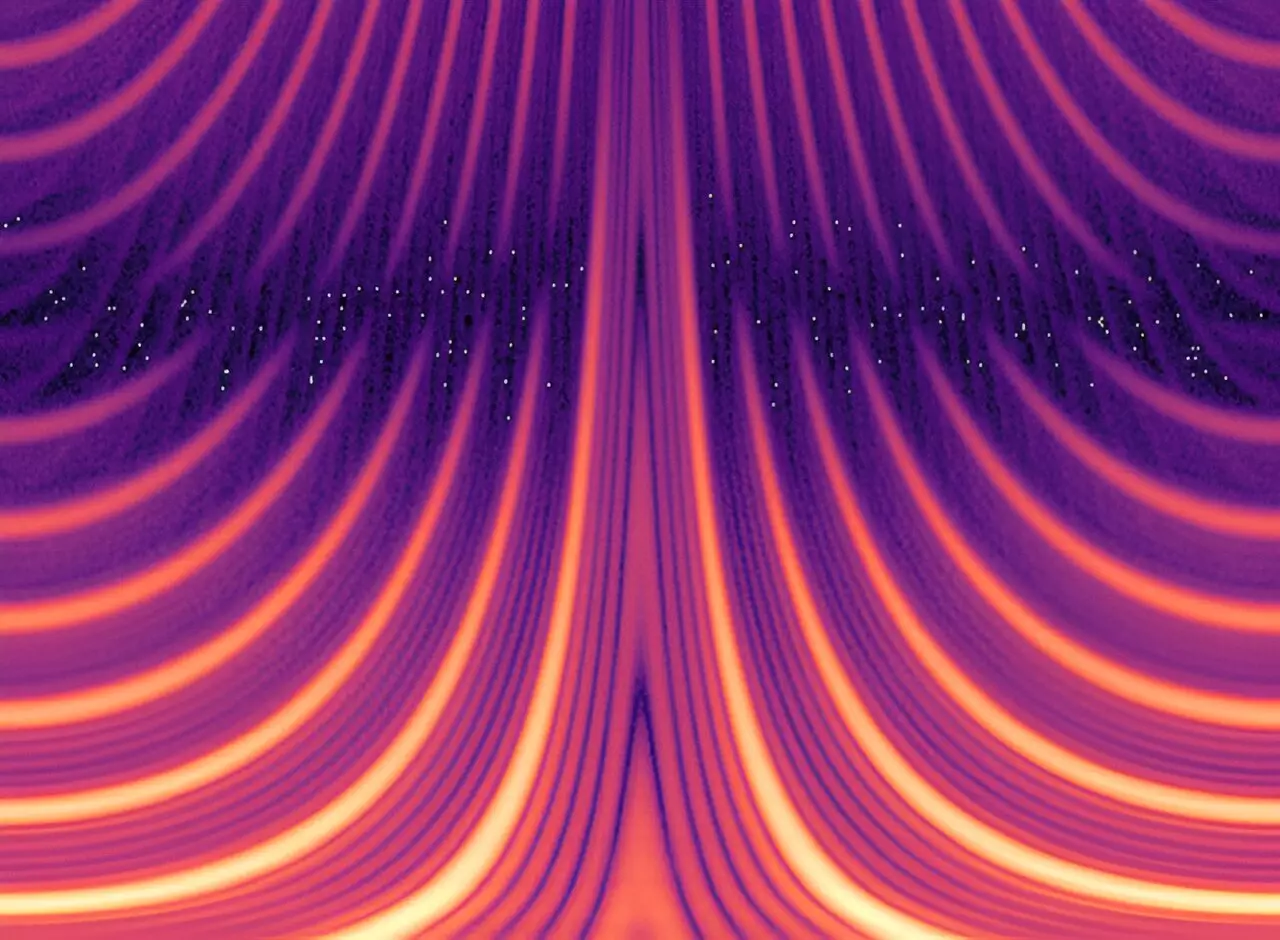Light has long served as a pivotal medium for transmitting information, particularly within the realm of classical communications. However, its role has extended into the intriguing world of quantum technologies, which harness the unique properties of quantum mechanics to perform tasks that were once deemed impossible. The notion of processing light signals has transitioned from a straightforward endeavor in electronics to a complex challenge in quantum optics. This shift raises the stakes for researchers aiming to develop reliable storage mechanisms for these ephemeral particles, particularly as the field ventures into advanced applications like quantum networking and computing.
A remarkable development in this field has emerged from the collaborative efforts of an international research team, prominently featuring Dr. Olga Kocharovskaya of Texas A&M University. This group’s recent work, published in the esteemed journal Science Advances, presents a pioneering approach to storing and releasing X-ray pulses at the single-photon level. This was a feat that built upon earlier theoretical frameworks proposed by Kocharovskaya and her colleagues. The research was spearheaded by Professor Dr. Ralf Röhlberger from the Helmholtz Institute in Jena, utilizing advanced synchrotron sources located at both the PETRA III facility in Germany and the European Synchrotron Radiation Facility in France. The collaborative endeavor culminated in the first successful realization of quantum memory operating in the hard X-ray range.
Quantum memory is a crucial component of future quantum networks, serving as an intermediary for storing and retrieving quantum information. According to Kocharovskaya, while photons are adept carriers of quantum data due to their speed and resilience, their ephemeral nature presents significant hurdles when one seeks to hold onto this information for later use. A viable strategy involves embedding the quantum information into a stable medium, utilizing features like polarization or spin waves, which exhibit extended coherence times. This innovative approach allows quantum information to be imprinted and later released through the re-emission of the original photons.
However, most protocols developed thus far are tailored for optical photons and atomic groups. Kocharovskaya proposes that using nuclear ensembles enhances longevity in memory retention, even under high solid-state densities and ambient temperature conditions. This is primarily due to the reduced vulnerability of nuclear transitions against external interference, attributed to the diminutive size of atomic nuclei. The implications are significant: a robust method for creating long-lived, compact, solid-state quantum memories for handling X-rays could verge on revolutionary in quantum technology deployment.
One of the great challenges of extending these optical/atomic protocols to the realm of X-rays and nuclear structures was eloquently articulated by Dr. Xiwen Zhang, a postdoctoral researcher involved in the study. He identifies the need for a fresh protocol, which their previous work had laid the groundwork for. The fundamental idea revolves around using a set of moving nuclear absorbers forming a frequency comb through the Doppler shift produced by their motion. This innovative mechanism enables selective absorption and later re-emission of photon pulses, with timing dictated by constructive interference across the various spectral components.
In their experiment, the team employed a combination of a stationary absorber and several synchronously moving ones, creating a sophisticated seven-teeth frequency comb. This complexity allows for optimized photon re-emission, marking a significant step forward in developing quantum memory at X-ray energies.
One of the standout features of this research is the focus on single-photon-level operation, a critical benchmark for qualifying the nuclear frequency comb protocol as a true quantum memory. As highlighted by Zhang, improving memory longevity further, by opting for isotopes with extended lifetimes beyond the current iron-57, presents exciting prospects for the team’s future endeavors.
Moving forward, the next goal is on-demand release of the stored photon wave packets, a feature that could lay the groundwork for entangling different hard X-ray photons—an essential resource for effective quantum information processing.
Moreover, this pioneering research underscores the potential to transition optical quantum technologies into the shorter wavelength domains. By tapping into the intrinsic advantages of high-frequency waveforms—such as minimized noise levels owing to frequency averaging—the frontier of quantum optics at X-ray energies appears poised for exciting explorations.
As Kocharovskaya and her team continue to forge ahead, the intersection of quantum technology and X-ray applications holds tremendous promise. Their innovative, tunable, and dynamic platform aims to unlock new possibilities that could revolutionize the landscape of quantum information storage and retrieval. The prospects are, indeed, intriguing, heralding a new chapter in the development of quantum optics that blends the theoretical with the practical in infinitely fascinating ways.


Leave a Reply